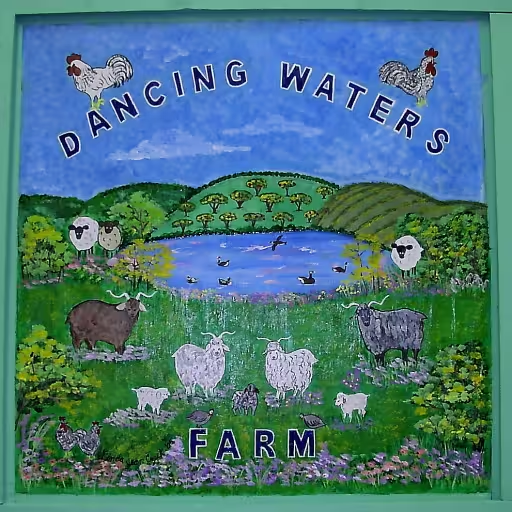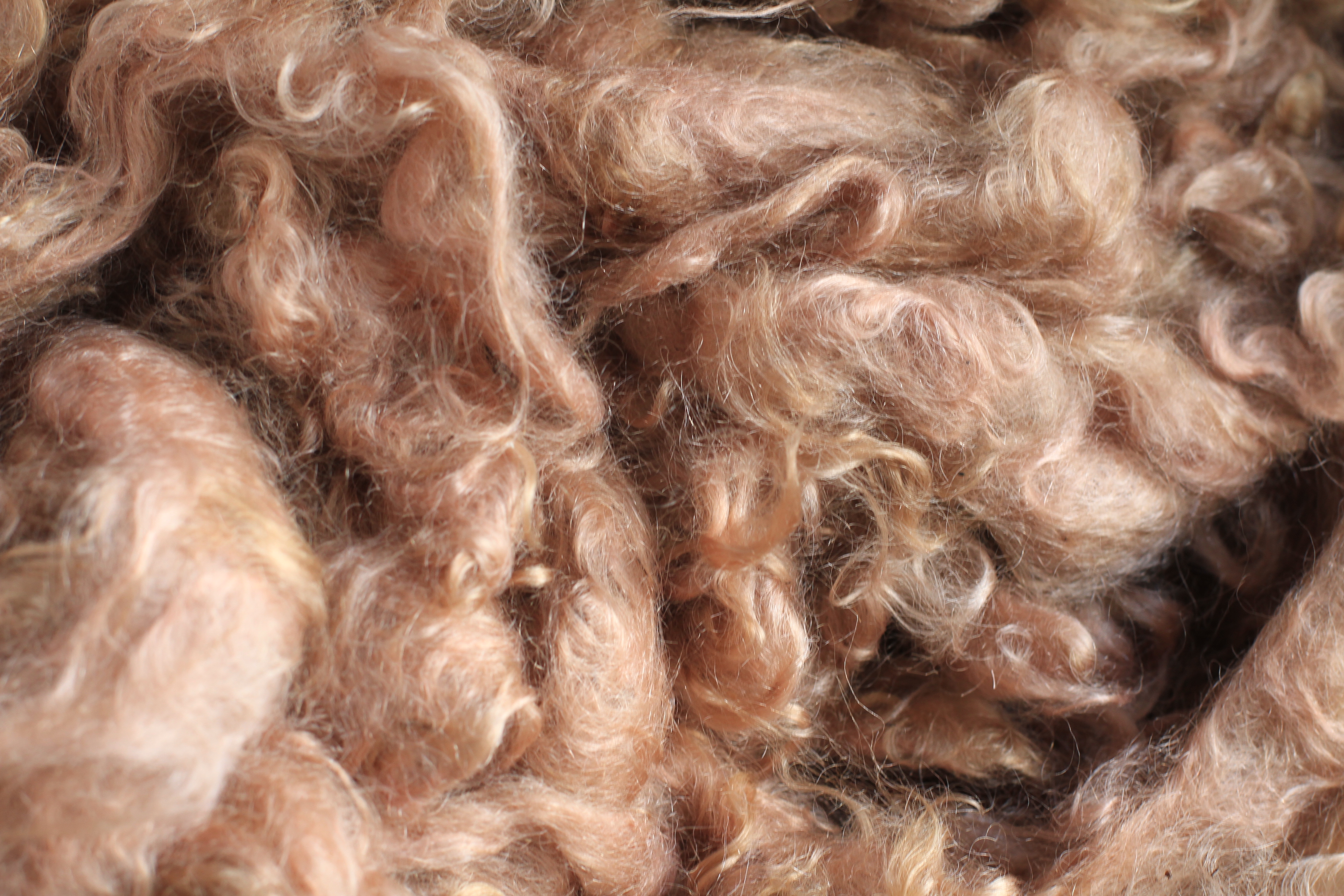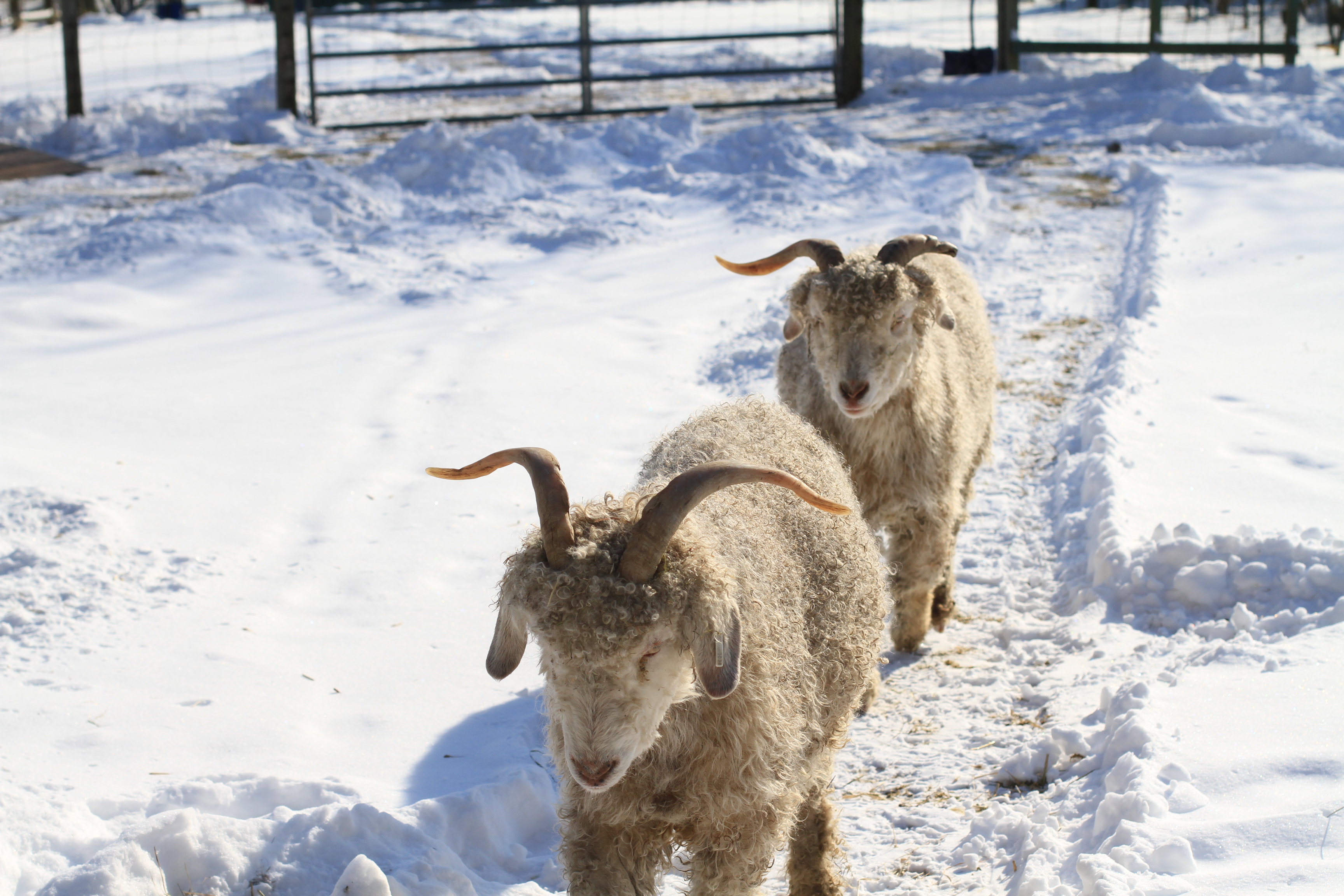
Cone Denim’s White Oak plant in Greensboro, North Carolina. Unlike most other textile plants in the U.S., White Oak has always produced nothing but denim. In the late 1800s, the plant’s owners, Cone Denim, sold Levi Strauss his first wholesale supplies, soon therafter filing the original patents on selvage denim. photo courtesy of Cone Denim, LLC, a division of International Textile Group
The facility closing at the end of the year is using looms built in the 1940s (!) which uses shuttles like traditional looms. At 3 passes of through the warp per second they are clearly more technologically savvy than hand powered looms. They make a sturdier cloth than modern looms because the weft (horizontal fibers that are woven through the warp which are the vertical fibers) is continuous, it goes back and forth across the weft all the way through the cloth. Modern looms cut the weft at the end of each pass (and use air jets to propel the fiber!) because the width of the loom is too wide to use shuttles.
The other interesting aspect of these older looms is that the motion of the shuttles on a wood floor causes small imperfections in the weave that give the cloth a unique look that isn’t found in cloth produced on a “modern” loom. In addition, vintage jeans were also dyed with indigo plants (vs synthetic indigo) and only the warp threads are dyed to give the finished fabric that familiar worn blue color (blue warp, white weft).
Primarily cheaper labor in other countries (Turkey) caused this plant closing. The looms (Draper X3 manufactured in Hopedale, MA) are being bought up by other small specialty startup mills so there is hope that they will some day be making quality cloth in the US again.
Source: https://craftsmanship.net/secret-vintage-jeans/


